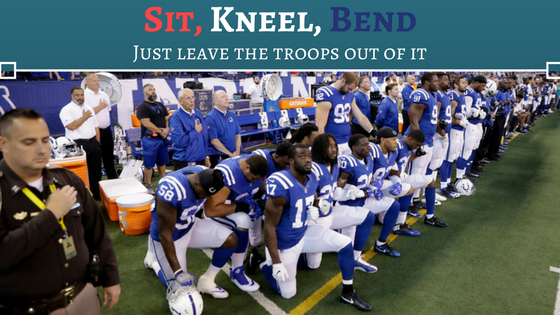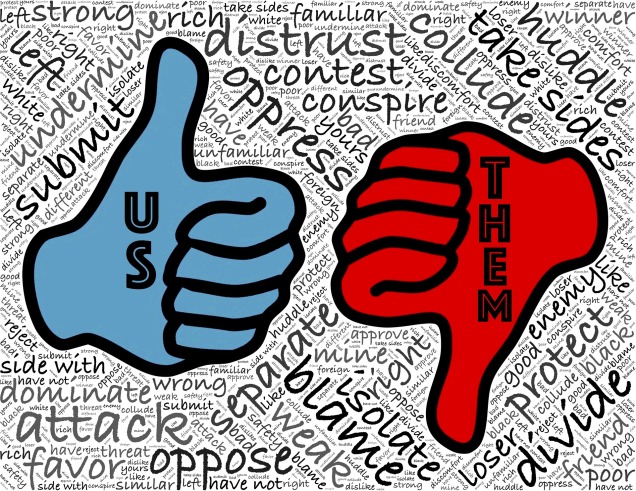
A few weekends back, a ragged few of us members of the A. Squad gathered together at a mostly empty park in the hinterlands of Fallbrook, California. As the park rangers scrambled to get the park ready for any weekend traffic, we were there dumping sleds and weights onto the damp grass that once served as a yard for the Reche family, the first settlers in the area sometime around 1869. Just past the large stones where holes had been bore into the rock from the native Indians practice of grinding maize, we started warmups to run the new Army Combat Readiness Test.
Whether the Reche Family knew it or not, just over a decade earlier in 1852, West Point had released its first Physical Fitness Test for Army cadets. At the time, the test included a mix of gymnastics, calisthenics, and fencing. By 1906, a test was implemented Army wide consisting of a road march up to 45 miles for infantry and a 3 day, 90 mile horse ride for officers. The test varied throughout the years from there but by 1980, the Army received the standard 2-minute pushup, 2-minute sit-up, and 2-mile run that we see to this day. Other methods have been studied but never adopted due to costs and other concerns. Rumor has it that the Army has finally decided to make a change and the A Squad, made up of mostly veteran Marines, wanted to see what it was about.
Though the program and scoring is yet to be finalized, we made contact with an Active Duty Sergeant Major who had the inside scoop. Through this, we were told that the test would consist of the following:
- 3 rep trap-bar deadlifts – options would include 120 lbs, 220 lbs, 320 lbs, and 420 lbs
- 10lb Medball Overhead Toss for Distance – 3 attempts
- Pushups – As many as possible in 1 minute. Performed by dropping your entire body onto the ground and spreading out your arms into a T between each. (note that afterwards, we found out that they were increasing the time to 2 minutes)
- Circuit: 50 meters of each exercise (25m there and back) – sprint, 90lb sled drag, sprint, 40lb farmers walk, sprint for time.
- Knees to Elbows – Hanging from a pull-up bar for as many reps as possible
- 2 mile run for time
Member Will Birchall, an Army veteran who served during OIF 1 with the 82nd Airborne, formed a circle to explain what was to come and led us in warmups. About an hour and a half later, we all felt ready for an afternoon nap. The following is my assessment of the workout.
Trap Bar Deadlifts: Being that this was the first event and unsure of how I would feel for the circuit and run, I personally elected to do only the 320lb pull. We had to use a straight bar as a Trap Bar was not available but as a whole, I believe that the Deadlift is one of, if not the best, method to test overall strength. The Trap-Bar is great for those that haven’t studied proper form and decreases risk of injury to a larger majority of people. At the time of this writing, it is unclear as to how they will assign a given weight to a soldier or how points will be awarded, but I can’t help but agree that this a great approach for any physical fitness test in evaluating the overall strength of a soldier.
10lb Medball Overhead Toss: We afforded ourselves two tosses as the ball was getting slippery from the damp grass. We were later told that soldiers would be given 3 chances to throw for the most distance. Again, at the time of this writing, the scoring is unclear. This exercise is meant to assess a soldier’s ability to toss ammo cans up to a guard tower or hoist a soldier over a wall. Given that, 10lbs seemed excessively light. Additionally, it seemed that this movement could be bettered through a practice of form and I’m not sure that this practice would apply directly to that which the test was meant. Instead, I would like to see a ball or sandbag tossed tossed over a bar for height.
Pushups: A test of upper body and core strength, this is a good overall exercise. By extending your arms into a T in between each pushup, you can ensure that the soldier is going all the way down. What you can’t guarantee though, is that a soldier will give full arm extension of the pushup itself. Additionally, I think it will be important to ensure that the soldiers hands go directly underneath his shoulders or he/she will have the ability to increase the number by performing wide-grip pushups (only bring your arms partially in after each T, saving time, inches, and distance up). Overall, the way this exercise is performed was much harder on my shoulders than expected. If anything was to give out, it was my shoulders and not my chest.
Circuit: Overall, this is a good test for modern combat scenario’s. Counter-insurgency operations have proven less about endurance and more about high intensity cardio. However, I feel that 25 meters there and back was short and could have been extended. Additionally, I feel that a 90lb sled was light. If the sled drag was to mimic dragging a soldier off the battlefield, I would argue that you could do as the Marines, and drag an actual Marine. 90lbs is pretty much the weight of the gear on a soldier alone and therefore, this is a poor assessment. I also think that 40lb kettlebells were sufficient for the Farmers Walk. We later heard that they may reduce the weight to 30lbs which is the approximate wait of an ammo can. Again, do as the Marines and use ammo cans, whatever they may weigh. Lastly, I felt that this could have been done with boots and gear. There’s no reason this needs to be done in PT shorts and “go-fasters” (sneakers).
Knees to Elbows: This was performed by hanging from a pull-up bar and done for as many reps as possible or until you dropped. This is a good addition to the test as this movement tests a large part of your core as well as grip strength. Grip strength is something that is under-rated in strength circles these days. Regarding the core work, this is a good balance to the deadlifts.
2 mile run: This remains unchanged from the previous test. While I typically don’t do endurance runs, our usual circuit style of training seemed to allow for a sufficient state of cardio for a good score across all members of the A Squad. Rumor has it that the Army will keep the current Army Combat Readiness Test and add this new test as an addition during one half of the year. If this is the case, I’d like to see this run shortened to something similar to the Marine Corps Combat Fitness Test which is an 880 yard run in combat boots.
All being said, a change to the current testing is long overdue and this test is significantly better. I will be however, interested to see how the scoring plays into this. The cost of equipment required for the test is significant and will of course be a burden to tax payers. However, the cost would be reduced significantly if they were to use actual ammo cans for the farmers walk, which I would hope were abundant in the US Army, and a similarly weighted soldier in lieu of a sled.
-Tony
Founder / Sheepdog Strong
If you’re interested in joining the A. Squad for reviews and events like this, sign up here.










